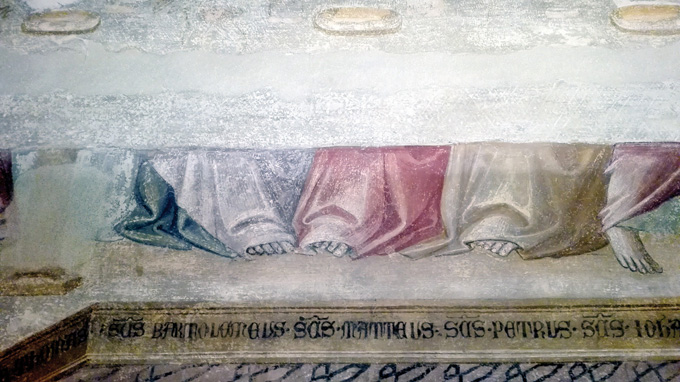In art you search to create that which has never been done before. That’s the goal of an artist. To take that idea before you and transform it into something the world has never seen. This is what The Medici Dynasty Show has accomplished: an original English-language theater production set in a Baroque-style church with frescoed ceilings and decadent arches.
The church itself is within the walls of Il Fuligno, a former convent dating to the Renaissance period turned conservatory school for orphaned girls in the early 1800s. The poor, the elderly, the rich and the parentless would find themselves there due to life circumstances. They were subjected to domestic work and did not have a voice, yet they persevered.
Although Il Fuligno has undergone many restorations, some frescoes still remain including The Last Supper, a 15th-century painting by Bicci di Lorenzo and his pupils. It was once situated in the women’s cenacolo, main dining room, and is now a hidden gem in a tiny corridor. Only the bottom half of the fresco is intact, containing the beautiful characteristics of an early Renaissance painting. The realism is evident in the three-dimensional angles of the floor, the shading in the folds of the robes and the shadowing under the loaves of bread.
Il Fuligno is a culturally, historically and artistically rich building with a long past that tells the stories of women, girls and artists from the time of the Renaissance until 1973 when the school closed. Today, the building offers social housing to those in need and cultural activities while keeping its heritage and art alive.





